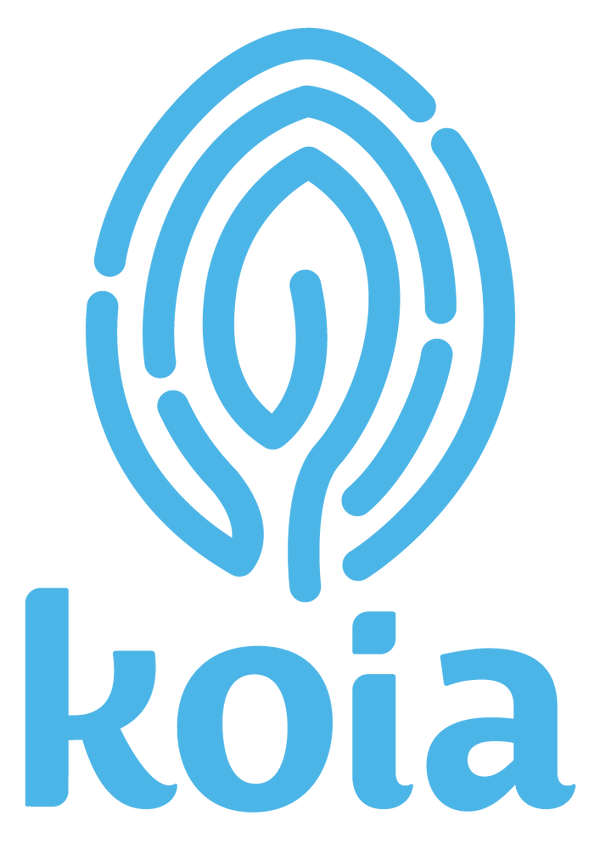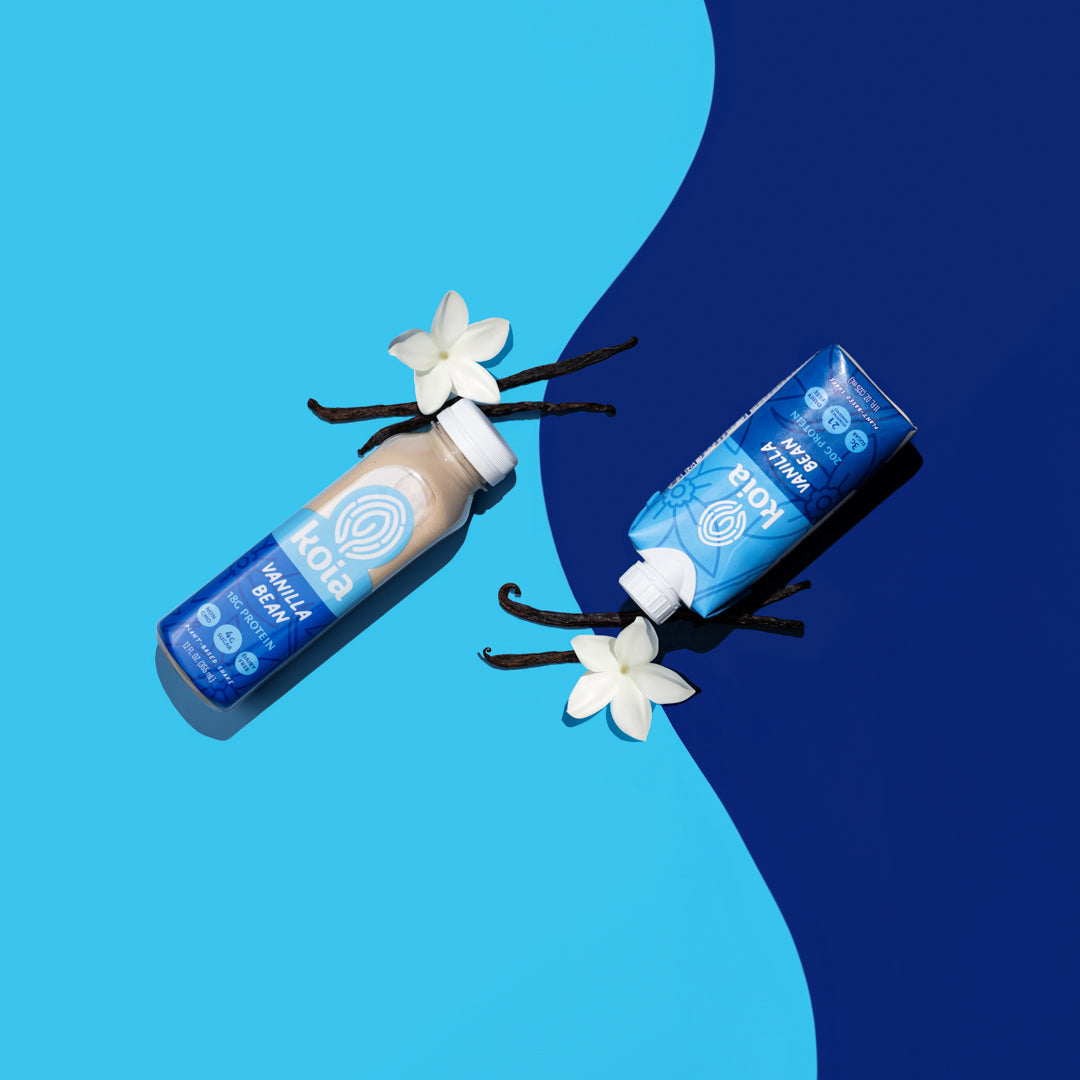If you’re on a GLP-1, you’ve probably noticed that your appetite feels different. You might eat less, get full faster, or find that big meals just don’t sound as appealing as they used to.
That’s all part of how these medications work and while it can be a big change, it’s also an opportunity. Smaller meals don’t have to mean less nutrition. In fact, with the right choices, they can be more powerful than ever.
1. Smaller Portions, Bigger Purpose
When your appetite decreases, every bite matters more. Instead of focusing on how little you’re eating, shift the mindset to how nutrient-dense your food can be.
It’s about packing in the good stuff: protein for strength, fiber for fullness, healthy fats for energy, and hydration for balance.
Even small, thoughtfully balanced meals can give your body everything it needs to stay strong, energized, and supported throughout the day.
2. Focus on Nutrient Density
Think of nutrient-dense foods as “efficient fuel.” You’re getting a lot of value - vitamins, minerals, and macronutrients, without needing large portions.
Here are a few ideas that make each bite count:
Mini grain bowls with quinoa, veggies, beans, and a drizzle of olive oil.
Egg bites or tofu scrambles for a quick, protein-rich option.
Protein + fiber shakes, like Koia, which offer a balanced blend in a light, easy-to-digest format.
Oatmeal or chia pudding topped with berries and seeds for natural fiber and antioxidants.
Snack plates with hummus, cucumber, boiled eggs, or edamame.
These small meals deliver all the essentials, without leaving you overly full or uncomfortable.
3. Prioritize Protein (Always)
Protein plays a starring role when your intake is lower. It helps preserve muscle, supports metabolism, and keeps you full longer.
Try to include a source of protein in every small meal, whether that’s plant-based (beans, lentils, tofu, or a shake) or animal-based (eggs, fish, poultry, dairy).
4. Don’t Forget Fiber and Fluids
When you’re eating less, digestion can slow down a bit and that’s where fiber and hydration come in.
Fiber helps keep your gut balanced and promotes fullness, while fluids (especially water) help everything move smoothly. Combine the two, and you’ll feel more comfortable and energized.
Some easy combos:
Whole fruit + water or herbal tea
A smoothie with leafy greens, chia, and plant protein
Veggie soup or broth-based meals that hydrate and nourish
5. Listen to Your Body’s New Cues
Your hunger and fullness signals may feel different now and that’s okay. Learning to tune in takes time.
Try to:
Eat slowly and stop when you feel comfortably full
Choose smaller, more frequent meals if large ones don’t sit well
Avoid skipping nutrition altogether, even if you’re not hungry, a light shake or snack can still keep your body supported
It’s not about forcing food; it’s about staying in rhythm with your body’s needs.
6. The Takeaway
Being on a GLP-1 is more than a medication routine, it's a new way of relating to food and nourishment. Smaller meals can be your secret advantage when they’re built with intention.
Focus on protein, fiber, and hydration, and fill each mini-meal with nutrients that make you feel good. And when cooking or prepping isn’t on the agenda, a balanced, ready-to-drink shake like Koia can be an easy way to fit in complete nutrition without overthinking it.

